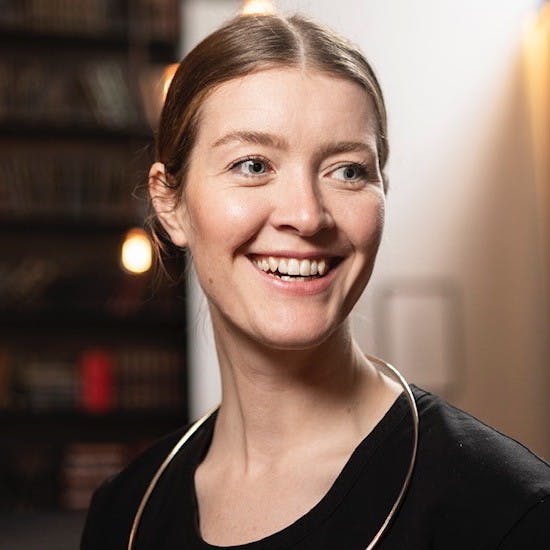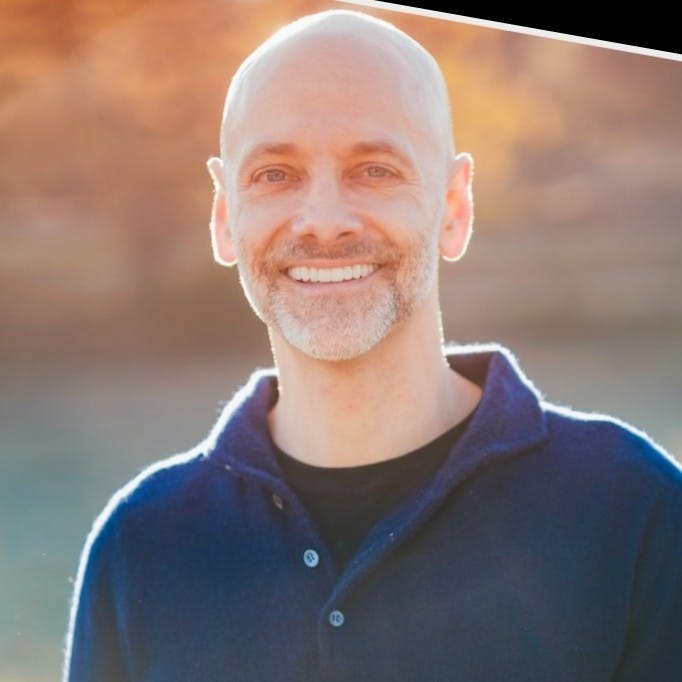Season 7 - Episode 7
Defeating Launch Day Anxiety by LaunchDarkly CEO
Edith Harbaugh, CEO of LaunchDarkly, walks us through the backstory of how she runs a successful business. She shares all her tips from listening to product launches and continuous learning.

“Where did the idea for LaunchDarkly come from?”
The name came out of this idea of a dark launch. It’s the idea that you can push different features out to different consumers, businesses, users of your software, and then gradually layer it up for them over time.
So for example, if you want it to launch to people in New Jersey first, and then New York, you have a framework that you could do that. What we found is that it’s not just for launches, people also use LaunchDarkly for long-term control. You could say actually New York and New Jersey are very different markets. Maybe they have different regulations, and I want to have a long-term way to control that so that they just have a different experience or really common product use cases. If you want to have a beginner and an advanced mode and a gate based on that.
We didn’t invent the dark launches. You know, the smart people at Facebook, Amazon, Google have been doing this for, you know, 10 or 15 years now. What LaunchDarkly does is give that framework to everybody so that even if you’re a small startup of like 10, 20 people, you could still have the same functionality to do quick rollouts and turn stuff on and off. Even if you’re not at Facebook or Google’s scale.
“How did you get started in your career? You have an engineering background, right?”
Yeah, so I started off as a software analyst and a designer, basically designing big systems for deploying sites. I actually got a couple of patents off of that, about moving stuff between a developer box, testing, staging and production.
I got really frustrated with my Product Manager, to be honest. I was like, this looks so easy. Why should I be the Product Manager? And so I became a Product Manager, kind of from a lot of hubris. And then I discovered that Product Management is actually really hard. When I was in engineering, I kind of just saw my view of the world. As a manager, you have to see not only the view of the entire world, but also your future customers and what they might want.
So I have a lot more sympathy now for Product Managers. I also found that I really enjoyed being a Product Manager. There’s nothing better than building something and having people really enjoy it. You know, that’s honestly why I moved from engineering to Product Manager is that as an engineer, I kept getting frustrated that we build stuff that nobody used. You poured months, years sometimes, into a feature and then you get it out to the world and it’s like, nobody cares.
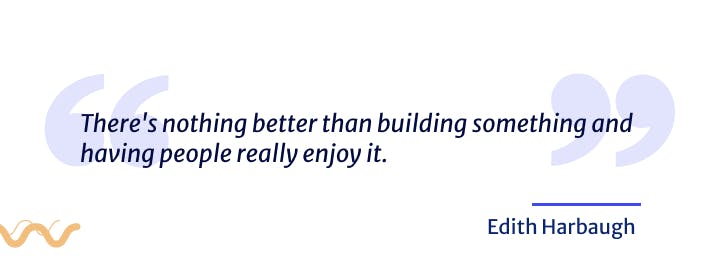
“How did you find the transition from Product Manager to CEO?”
One of the rubrics of the Product Managers is that you’re supposed to be the CEO of your product. Basically, you’re trying to drive revenue, you’re trying to drive usage, you’re trying to drive adoption. So it was kind of a natural leap. I’d been responsible before for the business metrics again. I was at TripIt where I was responsible for their premium products. So it was a natural leap to being not just responsible for my own product, but for the overall company.
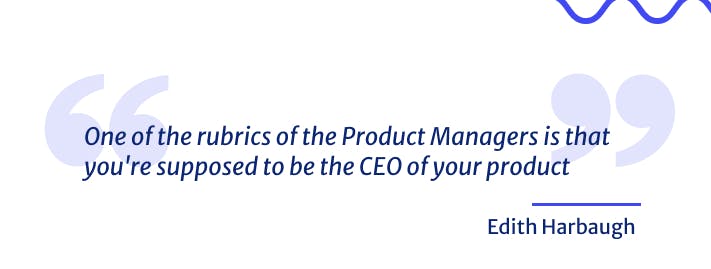
“What have been some key moments that helped you to grow as a CEO?”
I think the hallmark of a good Product Manager is a lack of hubris. I think when I was an engineer, I thought the Product Manager’s job was just to decide what to do. Like they went into a room somewhere and just decided.
A good Product Manager actually does a ton of listening. Like they go out and they listen to customers, they listen to what the customers don’t like. They talk to prospective customers about what a prospective customer wants. And you listen, it’s not the myth of Steve Jobs that just pulls ideas out of thin air and makes them happen. It’s listening.
So I think that’s the key also to building a good company is a lot of listening, and I’ll add listening, not just to your customers, but also to your team. Listening to the team about how to build a strong company.
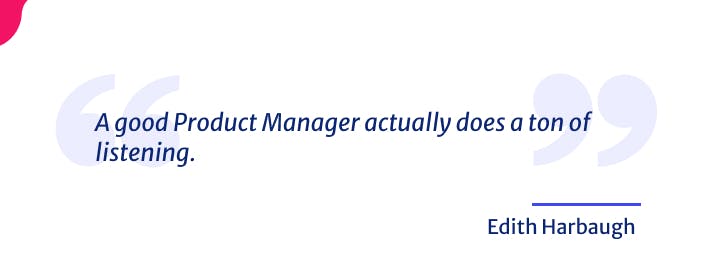
“Is there anything that you do today that doesn’t scale, but you intentionally keep doing it anyway?”
I still make a lot of my own graphs. I find Excel very soothing. Sometimes I’ll just get a data dump of customer patterns and I’ll analyze it myself. And that’s just because I find it really powerful to actually look at trends and to do that. I was looking at the growth of different customer segments even though we have a whole data analysis team that does that. Sometimes I like just doing it myself, just so that I truly understand the numbers.
Another thing I do is, I still try to blog. I know other CEOs just have ghostwriters. The dirty secret is that even some of the LinkedIn posts that you see are ghostwritten. If something is under my name, I wrote it. I get help with copy editing and I get help with feedback about the shape of it, but I wrote it.
I also have a podcast called To Be Continuous. We talk about software delivery and it’s pretty fun. I do it with the founder of CircleCI. It came about because we just love talking about software. So finally we were like, why don’t we just tape this? And it’s very unstructured, which people either love or hate because it’s literally just us talking about software.
“What are some best practices for people using your product, LaunchDarkly?”
We have thousands of customers all over the world. We have customers that are already using some sort of homegrown feature flagging framework. We also have customers who are brand new.
If you’re brand new to it, the easiest thing is just kind of this mind shift of bringing down a feature into what do I need to get out to get some sort of learning or value from it. So then working with the engineering team and the designer teams you basically have something that’s easily encapsulated, a pushback that you usually hear. Then it’s like, well, I need to have all these features all together to have impact. That’s actually extremely risky. If you have like 20 features that are all going out at the same time, that’s actually kind of a nightmare in terms of what if one goes wrong.
So really encouraging Product Managers to break down functionality into chunks of value. Don’t break it down into two smaller chunks because then it’s like, well, nobody even notices it. And then think about how you want to roll it out. Like, do you want to roll it out to a couple of early adopters, who are going to give you really friendly feedback? Which was a pattern we used a lot at TripIt.
So I was a Product Director at TripIt. I had like 10 frequent travelers who love getting new features and they were also very frank about the stuff they didn’t like. So it was a two way exchange. They got the new feature, but in return you have to give me all the harsh feedback. So identify that early beta group.
And then you can do stuff like, you can do a percentage, or if you are more worried about it breaking at scale, again at TripIt we had millions of users. So you can push out to like a hundred or two hundred thousand. And then of course, if something is not going well, roll it back. So that’s kind of the launch sequence.
The other really nice thing is it alleviates a lot of pressure. We talked before about the name, dark launch. I used to hate launch day. I would always have this pit in my stomach. Like what’s going to happen if your features are, as I said before, capsulated such that you could push them out any time. It just relieves so much anxiety.
I’d say the final thing, and I learned this over and over again, is you kind of get in the habit of shipping. Like if every release is nerve-wracking, it’s kind of paralyzing. And it actually builds up in the pre-release process, where everybody’s nervous about what’s going to happen. So then releases get more and more stressful and further and further apart. And then you’re actually not doing a good job in Product Manager because you’re not producing features.
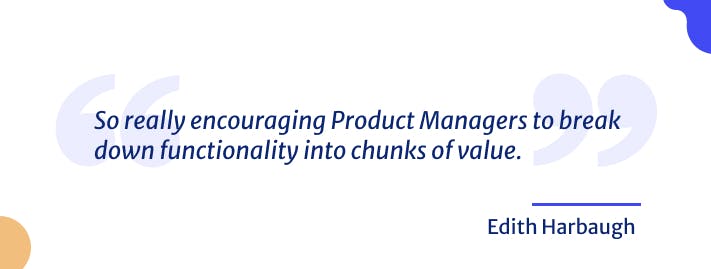
“What are you learning about these days?”
With the pandemic, I really got into board games a lot more. Before, I didn’t have time to do a four hour board game. Suddenly I had time to do a four hour board game.
“What’s some advice that you would go back and give to your younger self?”
Just keep learning. There’s a ton of good books out now, on lean startup or customer development. I always have a book I’m reading. What really helped me in my own journey was that I started getting a lot more into sales books. As a Product Manager, you’re always pitching your product ideas. But I had to take it to the next level when I started fundraising for the company. So I read books like Pitch Anything.
I look back at my younger self sometimes and I cringe. I was an engineer and I remember looking at all the marketing people, and I’m like, why do we need marketing? The product speaks for itself. And like…huge mistake. Even the most amazing product in the world, which by the way LaunchDarkly is, you still need to tell people. Nobody wakes up and says, you know, what I’m going to do today is read the release notes of LaunchDarkly and figure out their cool new features.

Join us next week for our final Product CEO episode! You don’t want to miss it!
Listen to our episodes on your favorite platform
Stay tuned for new episodes
By sharing your email, you agree to our Privacy Policy and Terms of Service



